
ARTICLE 1: DEFINITION OF THE CHILD
Article 1 defines children as all human beings below 18. The Convention takes no position on the life of an unborn child, but says that all children have the rights set out in the Convention until their 18th birthday.

ARTICLE 2: NON-DISCRIMINATION
Children face all kinds of discrimination just because of their age. They are denied voting rights in countries across the world as well as access to vital services including for sexual and reproductive health and drug rehabilitation. Particular types of children also suffer particular types of discrimination. This may be because of their gender or because of disability, poverty and social status, all of which can divide society’s "haves" and "have nots" from a very early age.

ARTICLE 3: BEST INTERESTS OF THE CHILD
Children's interests should be at the forefront of all decisions that affect them in every situation: adoption, detention, custody disputes between parents - everything.

ARTICLE 4: IMPLEMENTATION OF RIGHTS
When States ratify international treaties, they agree to take measures to put them into practice. For children, this means their government must make sure the country they live in and its institutions provide them with the means to truly become rights holders. This involves reforming laws, providing resources and services, monitoring how children are affected and developing institutions that promote children’s rights.
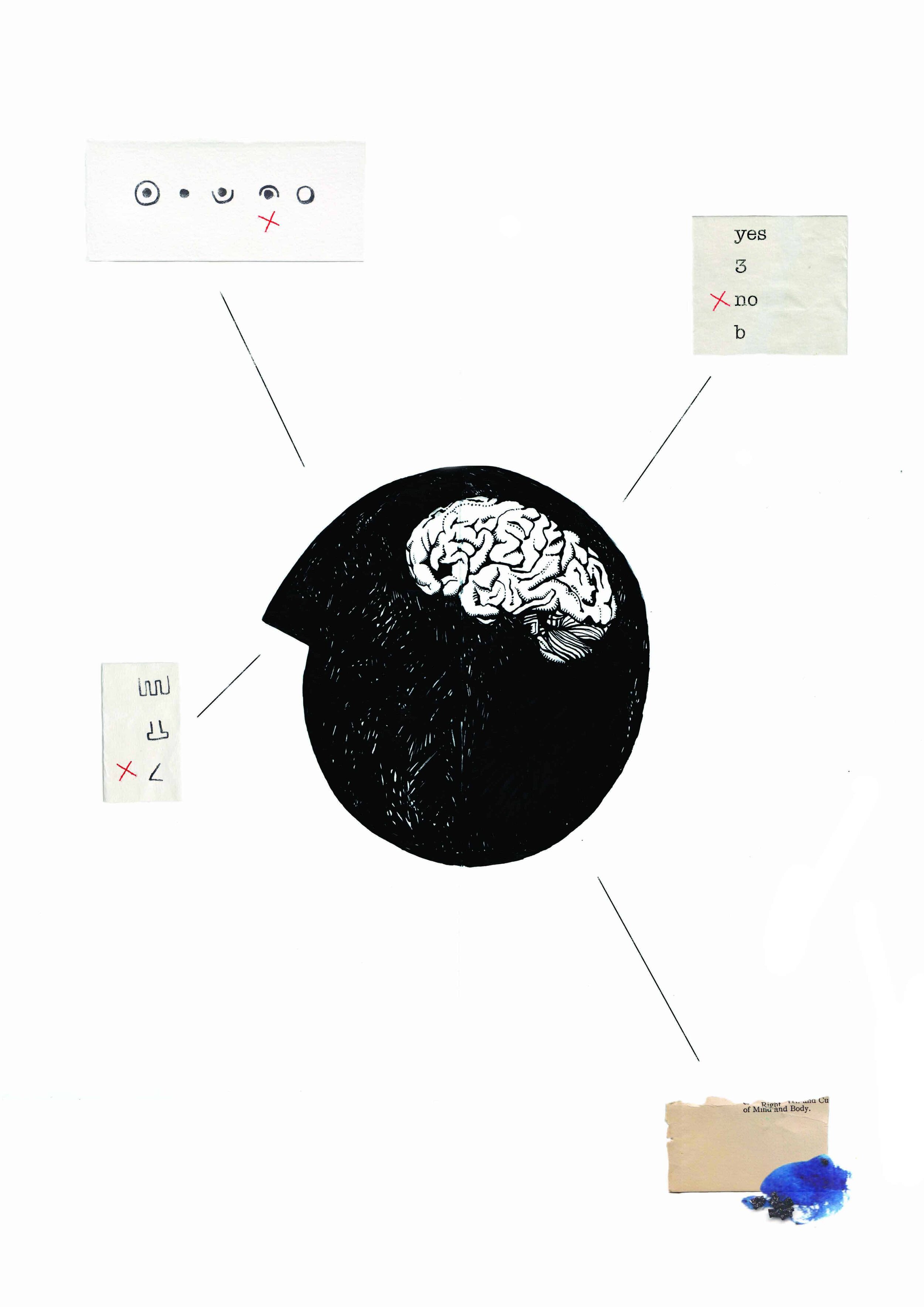
ARTICLE 5: EVOLVING CAPACITIES
Children mature at different rates - age is not the only measure of their development; circumstances and experience play a big role too. Some children take on responsibilities like caring for younger siblings or a parent who uses drugs, while other children are overprotected to the point where they are not allowed to play outside or say what they think. Parents play a hugely important role in children’s development, but their guidance must support children to make their own decisions and respect the extent to which they can do this for themselves.

ARTICLE 6: SURVIVAL AND DEVELOPMENT
States should manifestly not kill children, whether through the death penalty, arbitrary executions, or any other method. They should also put measures in place to allow children to survive into adulthood in conditions optimal for their development, including through combating child mortality, and providing healthcare, nutrition, sanitation and drinking water. Likewise, they should protect children from practices that are harmful to their survival and development.
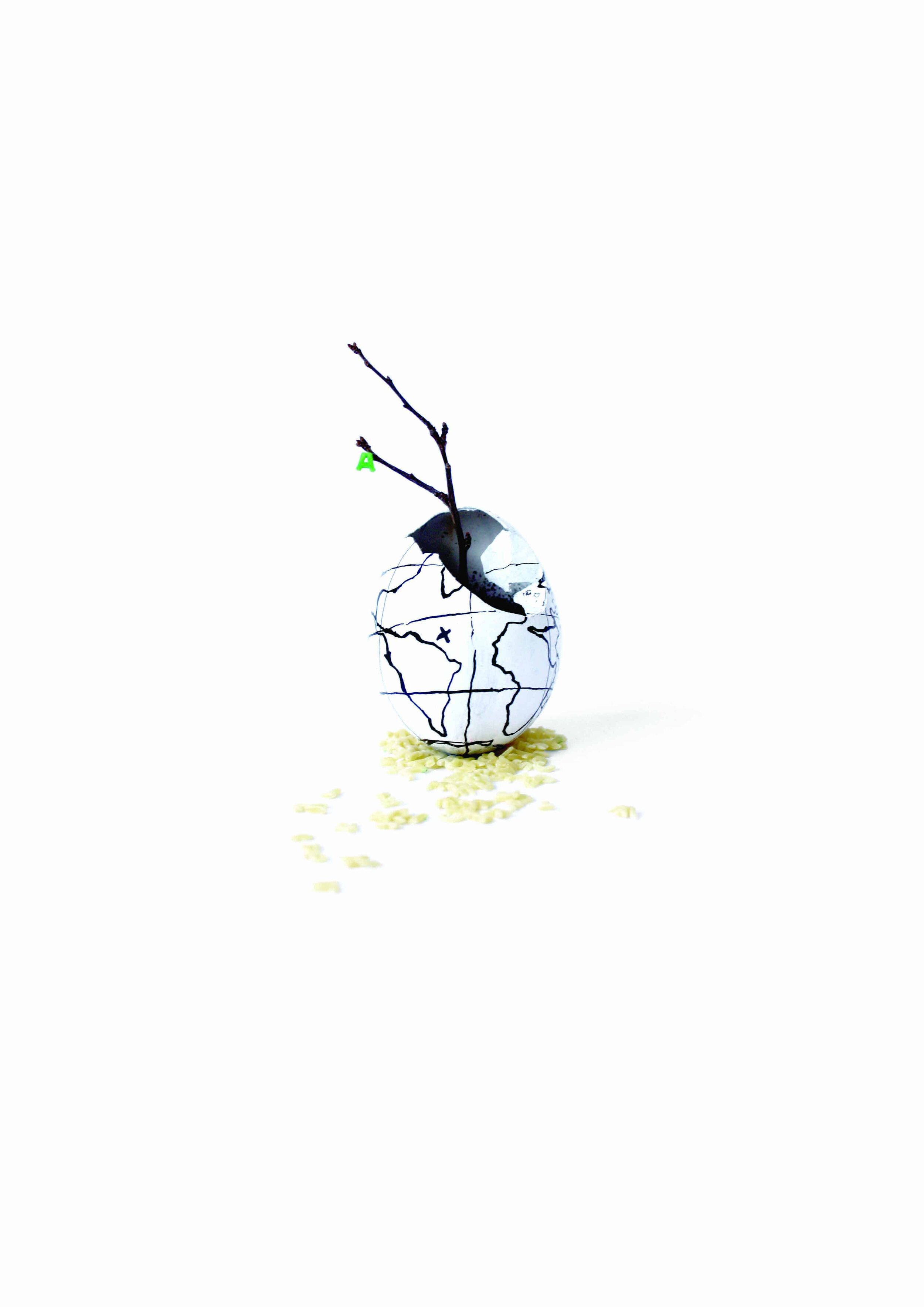
ARTICLE 7: BIRTH REGISTRATION, NAME AND NATIONALITY
Registering each child and making sure they have a name and a nationality is the first step to recognising each individual as a human being with rights. Without them, children remain invisible: they legally do not exist and are at greater risk of other rights abuses. Children without a legal identity struggle to access basic services such as education and healthcare. In some situations, they may even be mistaken for adults and denied fundamental protections as children.

ARTICLE 8: PRESERVATION OF IDENTITY
This article has many applications, from helping children who have been displaced to re-establish contact with their family, to assisting children in care to trace aspects of their identity they are too young to remember. In essence, it protects the personal characteristics, relationships and histories that make children who they are.
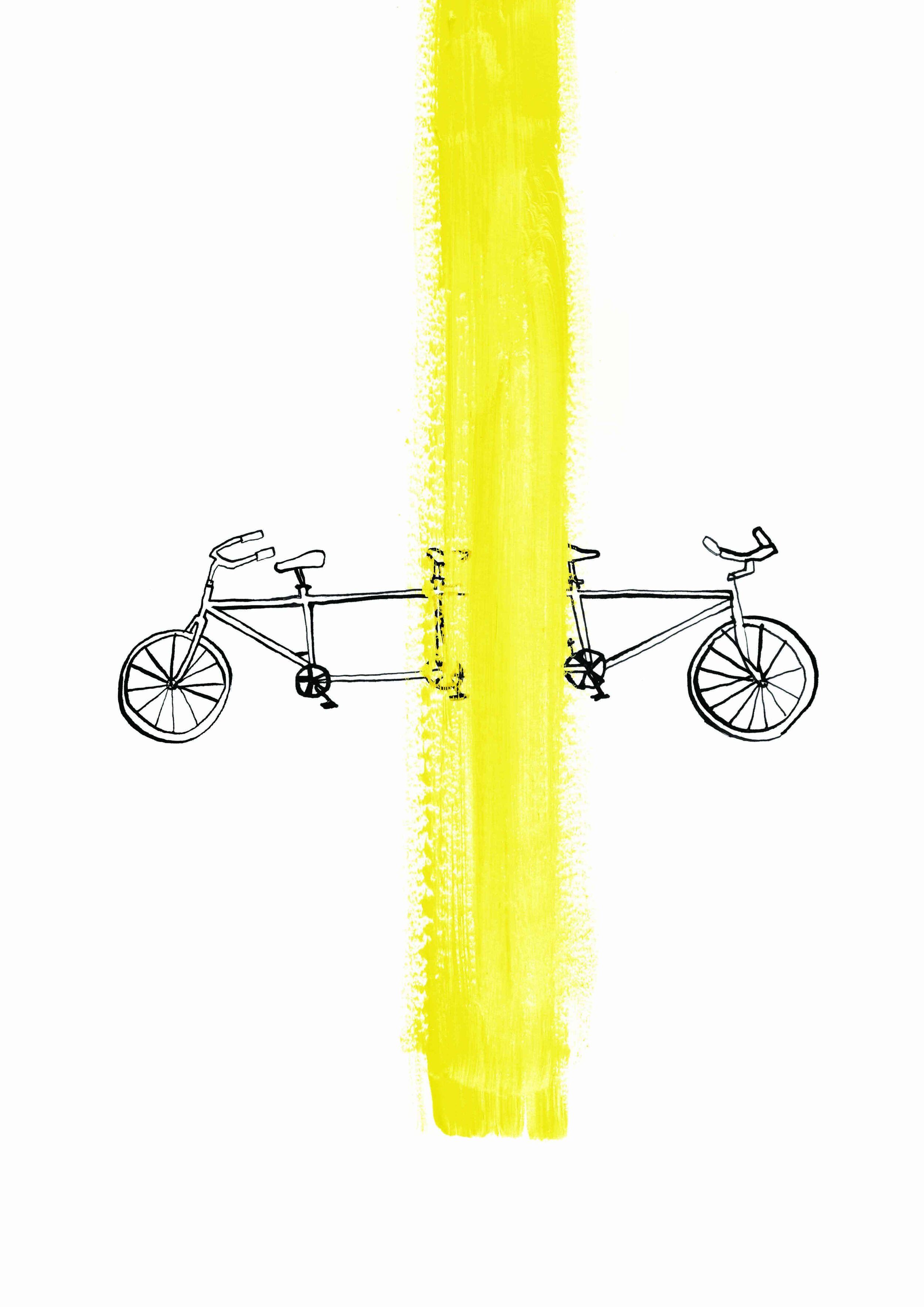
ARTICLE 9: SEPARATION FROM PARENTS
Children should be able to live with and have contact with their parents, unless certain factors indicate that the State should intervene, such as abuse or because a child’s parents have separated. This covers both potential long term separation (e.g. a child being taken into care) and short term separation (e.g. if a child spends some time in hospital). All decisions to separate children from their parents must be made by the competent authorities.

ARTICLE 10: FAMILY REUNIFICATION
Children should be able to maintain relationships with their family when they are in separate countries. This is particularly true in deportation cases where strict immigration rules can lead to a parent being deported from a given country when the child has a legal right to stay.
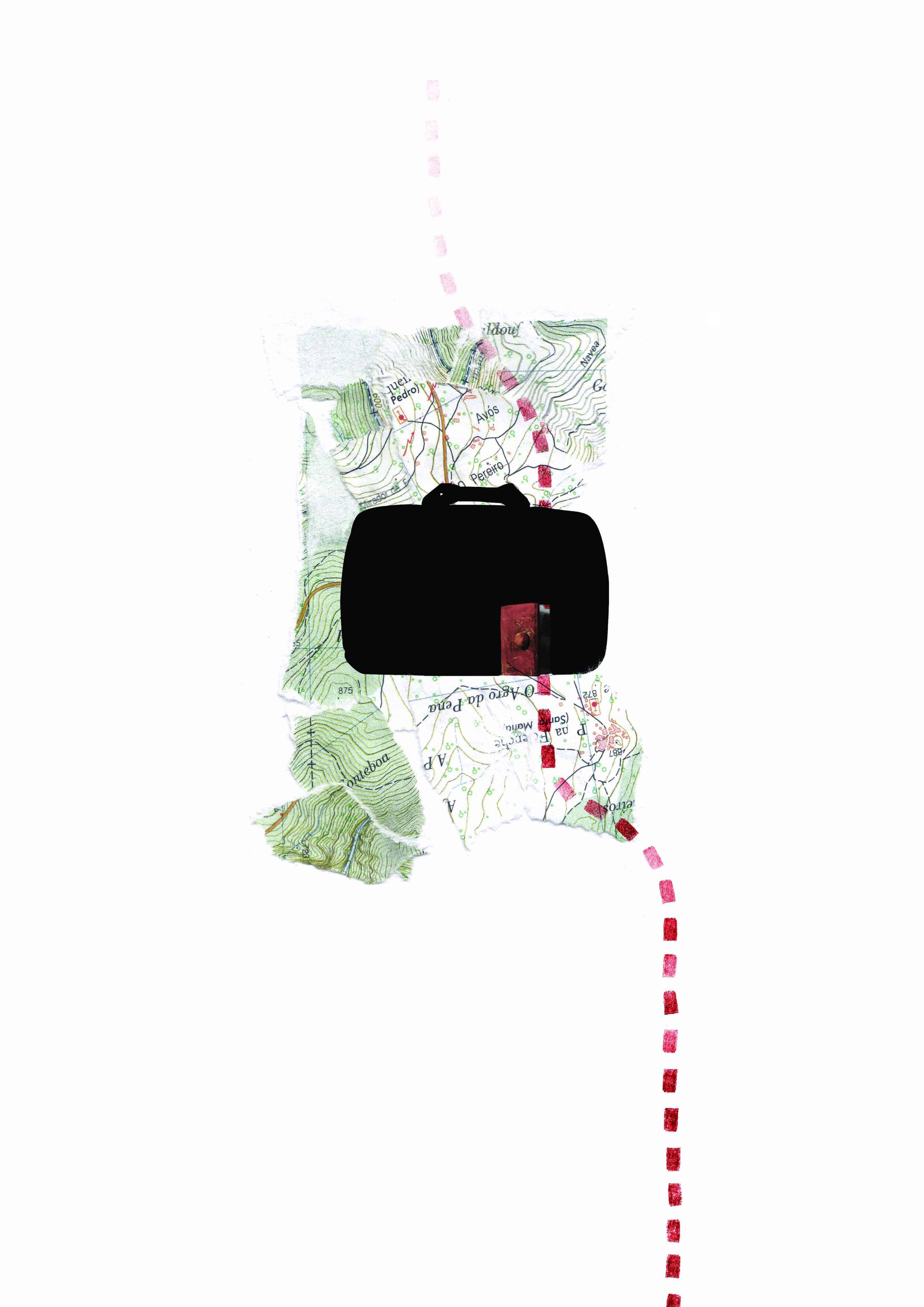
ARTICLE 11: ILLICIT TRANSFER AND NON-RETURN
Children are not only abducted for financial or other motivations, they may also be wrongfully taken out of their country by their parents or other relatives. If this happens, every effort should be taken to make sure the child is found and returned.
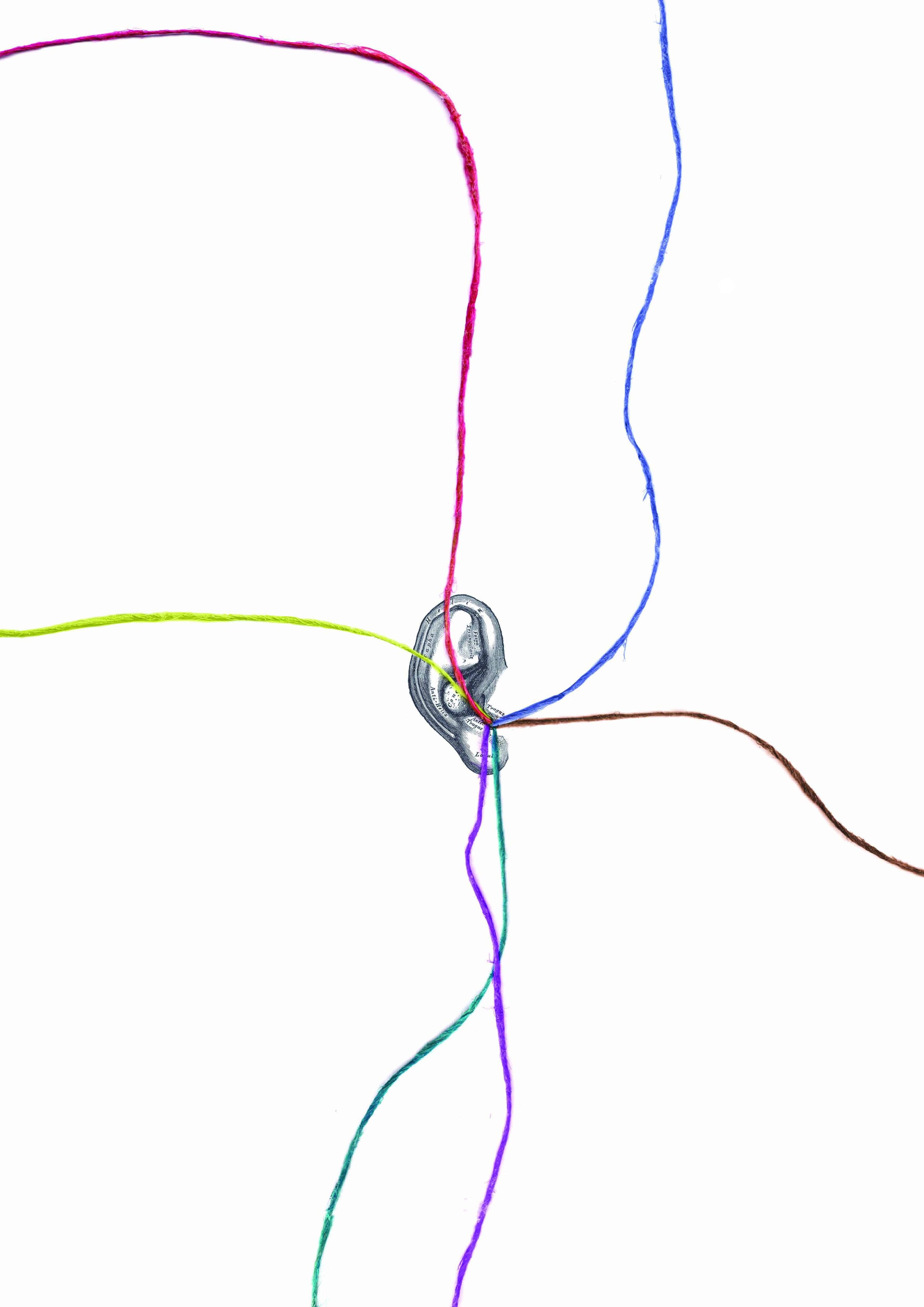
ARTICLE 12: RIGHT TO BE HEARD
Children have the right to be heard in all matters affecting them - this is a prerequisite for guaranteeing all their other rights. In most societies, though, decisions are taken which have an impact on children’s lives - in court, at home and at school and in politics - in which they are not consulted when adults would be. The arguments used to deny children a voice today are the same as those used to suppress women’s views in the past (and present in some cases).

ARTICLE 13: FREEDOM OF EXPRESSION
Children have the same right to free expression as adults, but it is not always respected. The degree to which it is acts as a gauge of how children are perceived as human rights holders in a given society. If children are not able to express their opinions and feelings, how can they describe the ways in which their rights are respected or infringed, and learn to stand up for the rights of others? Communities evolve through the exchange of ideas and shared knowledge; without it, societies would become stagnant with only the views of the most powerful on display.
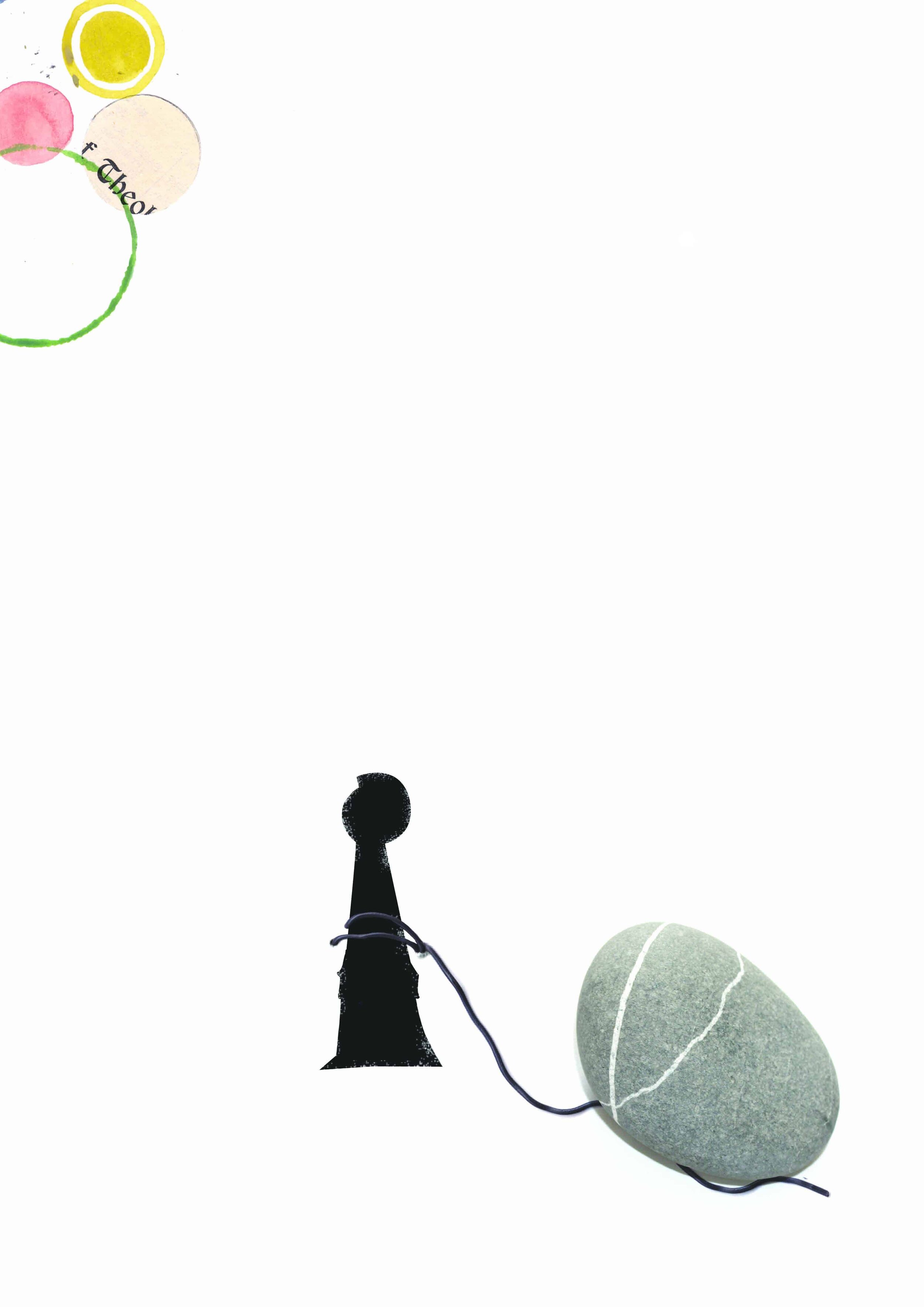
ARTICLE 14: FREEDOM OF THOUGHT, CONSCIENCE AND RELIGION
People in many societies experience barriers to enjoying this right, in particular to freedom of religion. But children face additional barriers - their convictions are ultimately constricted by their parents and other adults around them. Rarely can a child freely choose their own religion or convert without parental consent, or coercion from family, school or the State. However, international law says the role and duty of adults is to provide “direction” to children, meaning parents can introduce them to their faith and involve them in religious activities, but children must increasingly be given control over their own involvement in their parents’ or any other religion or no religion.
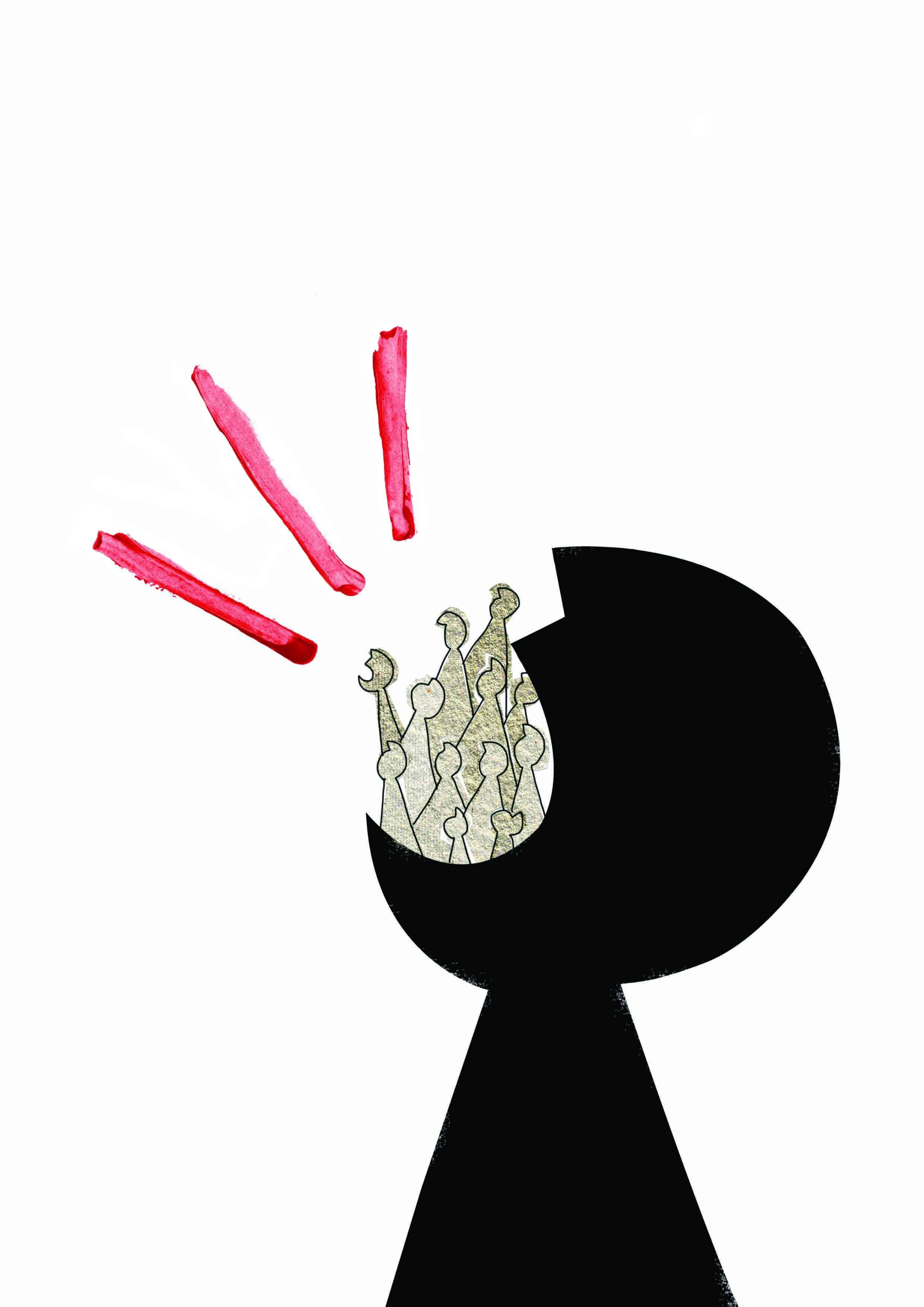
ARTICLE 15: FREEDOM OF ASSOCIATION AND PEACEFUL ASSEMBLY
Children’s interest in building friendships and in civic participation should be nurtured, not suppressed. While many societies restrict everyone’s freedom to gather and assemble peacefully, others place particular limits on this right for children. Youth curfews and minimum ages for joining associations are some examples.
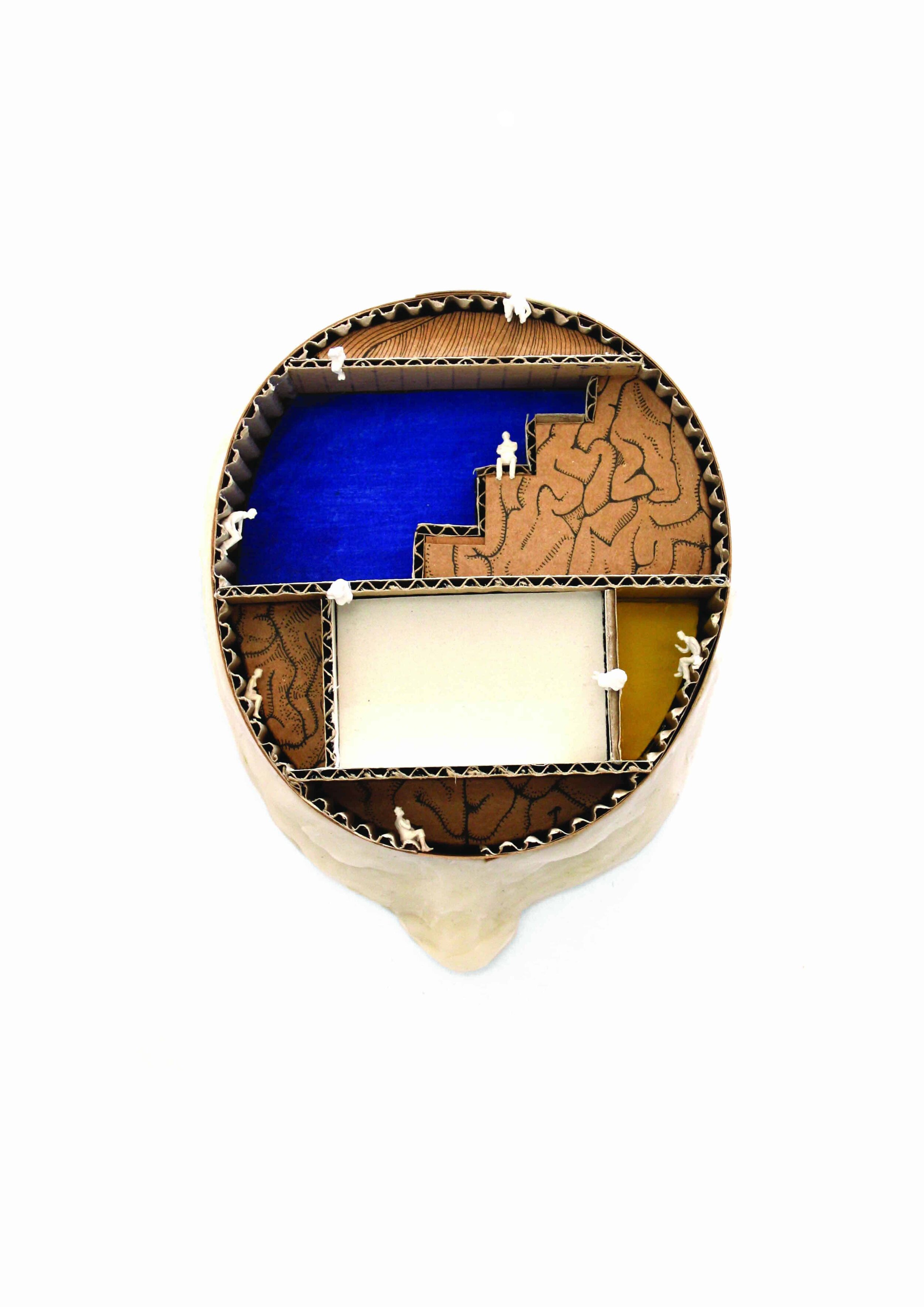
ARTICLE 16: RIGHT TO PRIVACY
Children are particularly vulnerable to breaches of their privacy because of the range of situations in which adults have power over them. Some children are more likely to experience this than others as a result of their living arrangements. Children living in institutions, for example, may have their communications intercepted and may be subject to searches of their personal belongings. Children’s use of the internet adds another dimension to this right.

ARTICLE 17: ACCESS TO INFORMATION FROM DIVERSE SOURCES
Children need access to information from diverse sources to become well rounded individuals, and governments should encourage the mass media to help make this happen. While children should also be protected from ‘harmful’ information, some States have subverted this notion to justify censorship. This not only firewalls children’s rights and denies them information they need to make safe and informed choices, but also discriminates against others and stifles debate in society. The “gay propaganda” laws in Russia, Lithuania and elsewhere are just one example of this.

ARTICLE 18: PARENTAL RESPONSIBILITIES
Parents play a central guiding role in a child’s life. But while parents have a duty to care and provide for their children, they do not have a right to raise or treat them however they see fit; a child’s best interests should be their primary concern. This duty requires support from the State - whether in the form of child-care for parents in paid work or other provisions.

ARTICLE 19: PROTECTION FROM VIOLENCE
Violence against children is widespread and extremely damaging. Much violence is hidden behind closed doors, including in the family home, schools, care homes, detention centres and other institutions. However, in many States, laws prohibiting violence are non-existent or inadequate. In the majority of countries, children can be hit by adults as a form of ‘discipline’ - an act that would be treated as a criminal offence if committed against an adult.

ARTICLE 20: CHILDREN DEPRIVED OF THEIR FAMILY ENVIRONMENT
The family is a very important social structure. All types of families can raise a child, and there is no one-size-fits-all definition. But sometimes - through war, persecution, health needs, violence in the home, or for other reasons - children are deprived of their family environment. In these situations, the State must protect the child and ensure they receive appropriate alternative care.
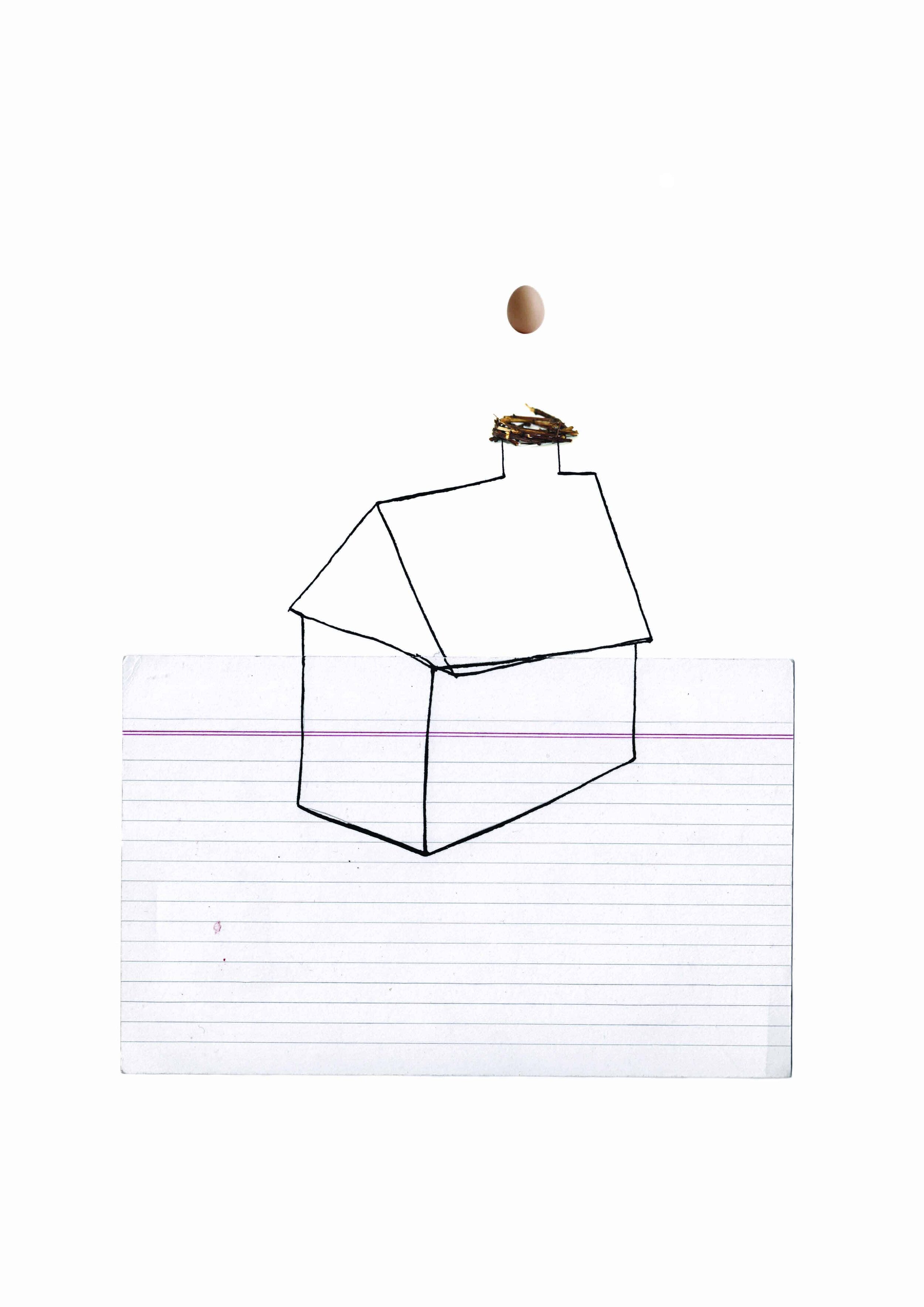
ARTICLE 21: ADOPTION
No one would dispute that children benefit from growing up in a loving, stable and permanent home and family, and adoption can be one means of achieving this - provided it is regulated by law and supervised by the State authorities. However, adoption can also deny children their rights if the proper regulations are not in place and their interests are not at the centre of decision-making.

ARTICLE 22: REFUGEE CHILDREN
Of the world’s 45 million refugees and displaced people, 46 percent are children. Children who are refugees, internally displaced or seeking asylum in another country are extremely vulnerable, whether they are with their parents or alone. These children have experienced things no one ever should, and if they survive and make it to a safe place, they are often faced with harsh immigration processes, including lengthy detention, and societies that are hostile towards them. For this reason, States should give these children special protection.
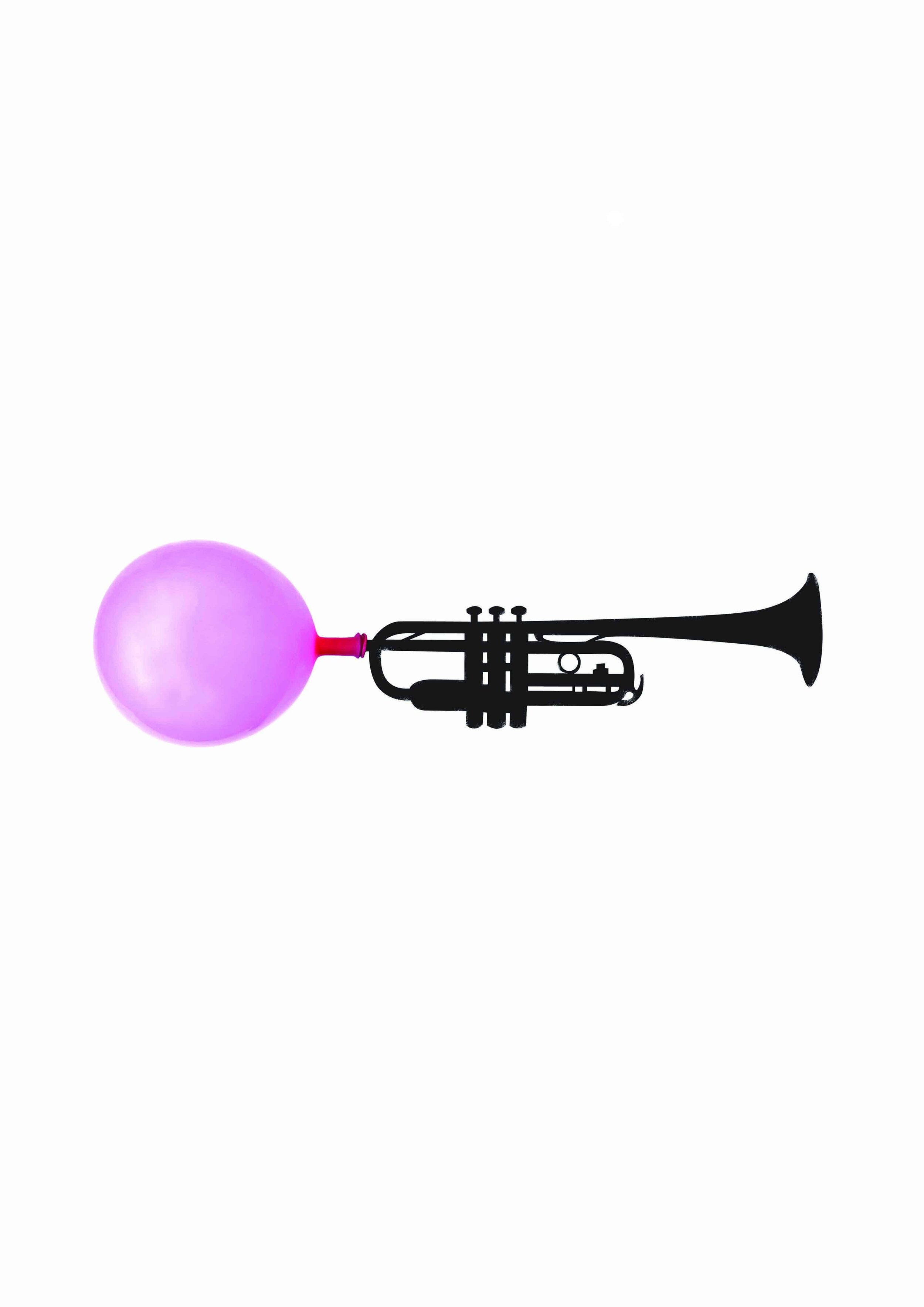
ARTICLE 23: CHILDREN WITH DISABILITIES
Up to 200 million children globally have a disability. It is not their impairments that are disabling as such; but rather the attitudes and environments around them that put them at a disadvantage and stop them from accessing society. These children are at disproportionate risk of other rights violations because of their dependence on others and the barriers they face in reporting abuse.
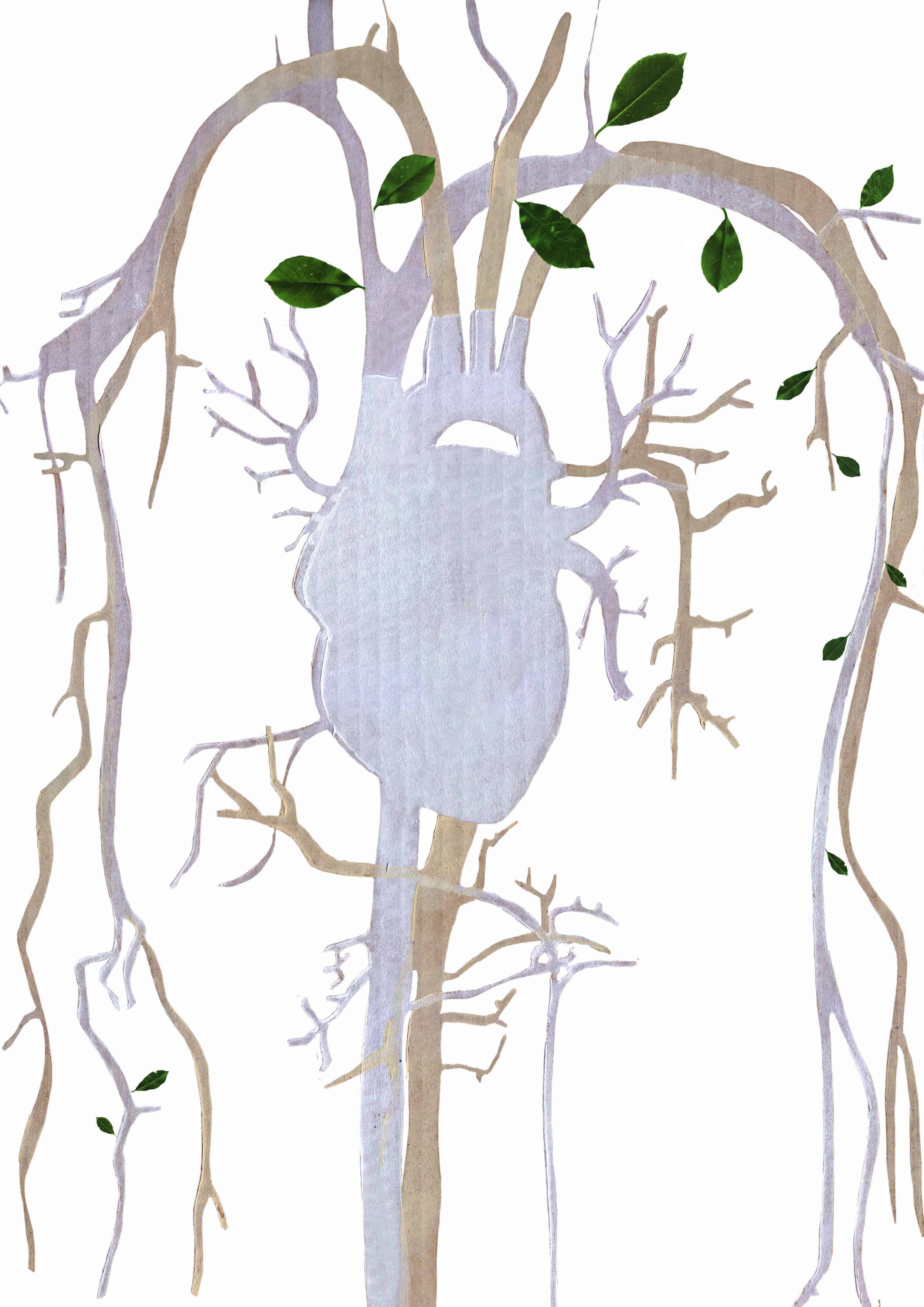
ARTICLE 24: RIGHT TO HEALTH
Children’s right to health is so often just seen in terms of malnourishment and vaccinations, but the right to health means more than just surviving. It also includes the right to access information about health, respect for privacy and confidentiality and the importance of informed consent. It must not be forgotten that these principles also apply to children.
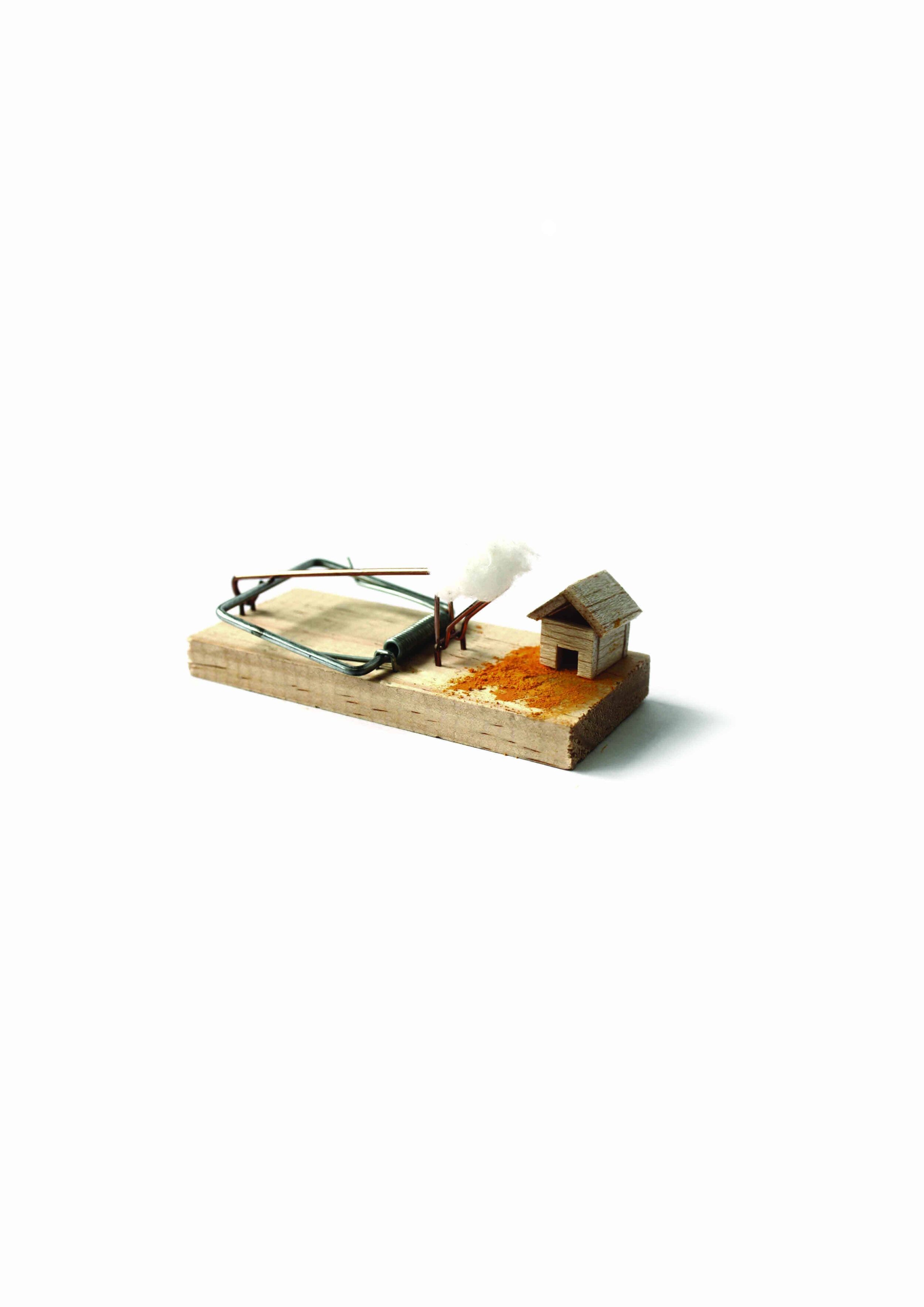
ARTICLE 25: PERIODIC REVIEW OF PLACEMENT
The purpose of placing children in families or institutions is to make sure they receive appropriate care, protection and treatment. But all too often it is the very people entrusted with children’s protection who perpetrate or collude in their abuse. This means independent safeguards should be put in place to protect children and ensure that their best interests and preferences are the primary consideration in all decisions about placements. The need for such placements and the progress and circumstances of individual children should be reviewed regularly by the proper authorities.
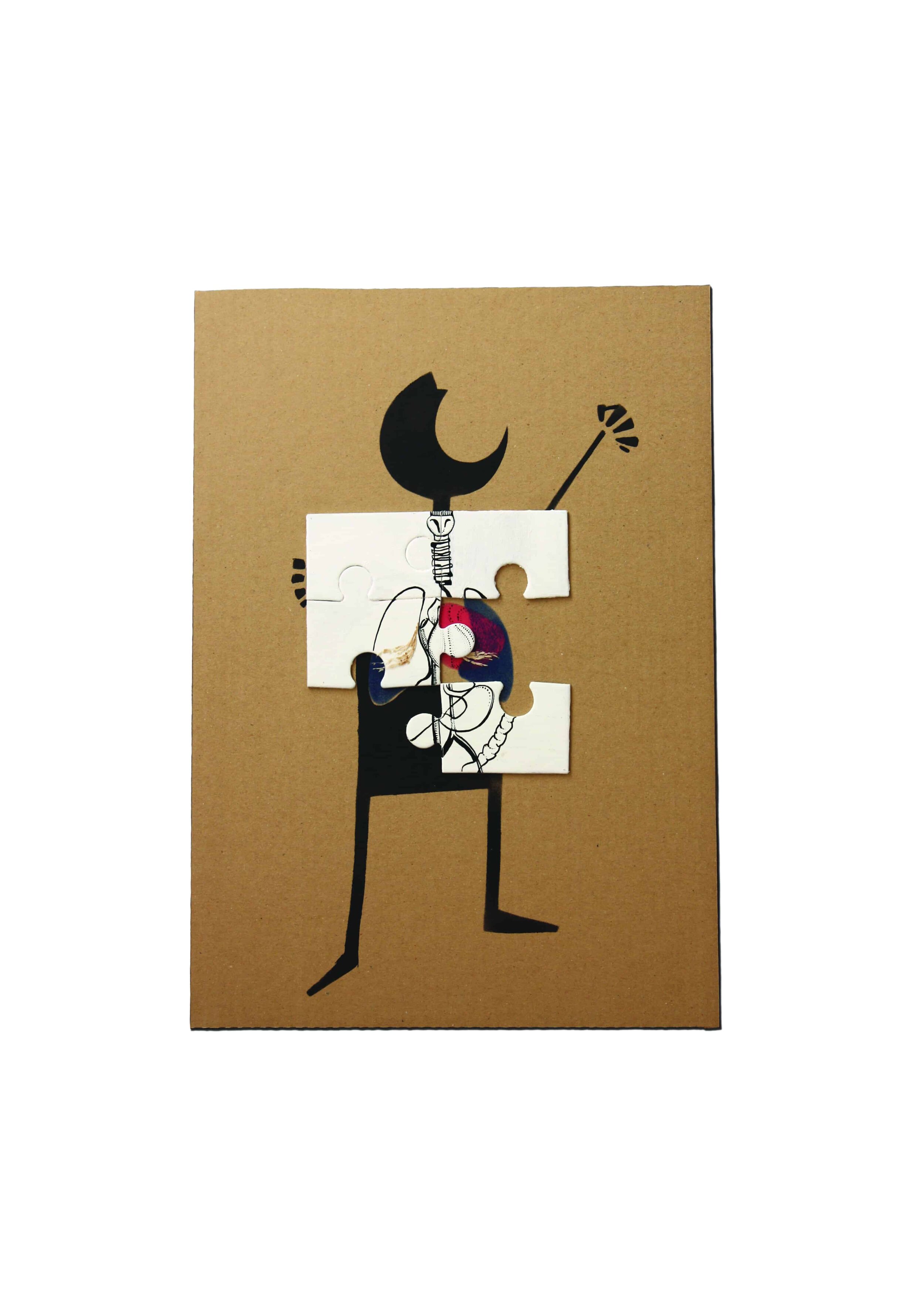
ARTICLE 26: RIGHT TO BENEFIT FROM SOCIAL SECURITY
Children suffer disproportionately from poverty, just as they are disproportionately affected by decisions about who can access social security and how this is delivered. Children’s inability to influence economic policy is a direct consequence of their low status in society, lack of income, and exclusion from democratic processes.

ARTICLE 27: RIGHT TO AN ADEQUATE STANDARD OF LIVING
Children’s development depends on their ability to enjoy a decent standard of living. Of course this means they should have adequate clothing, nutrition, and housing. But many other elements are needed to secure children’s wellbeing and inclusion in society - not just the ability to cover basic needs. These include having sufficient time to play, the opportunity to access the internet and the enjoyment of a clean environment.
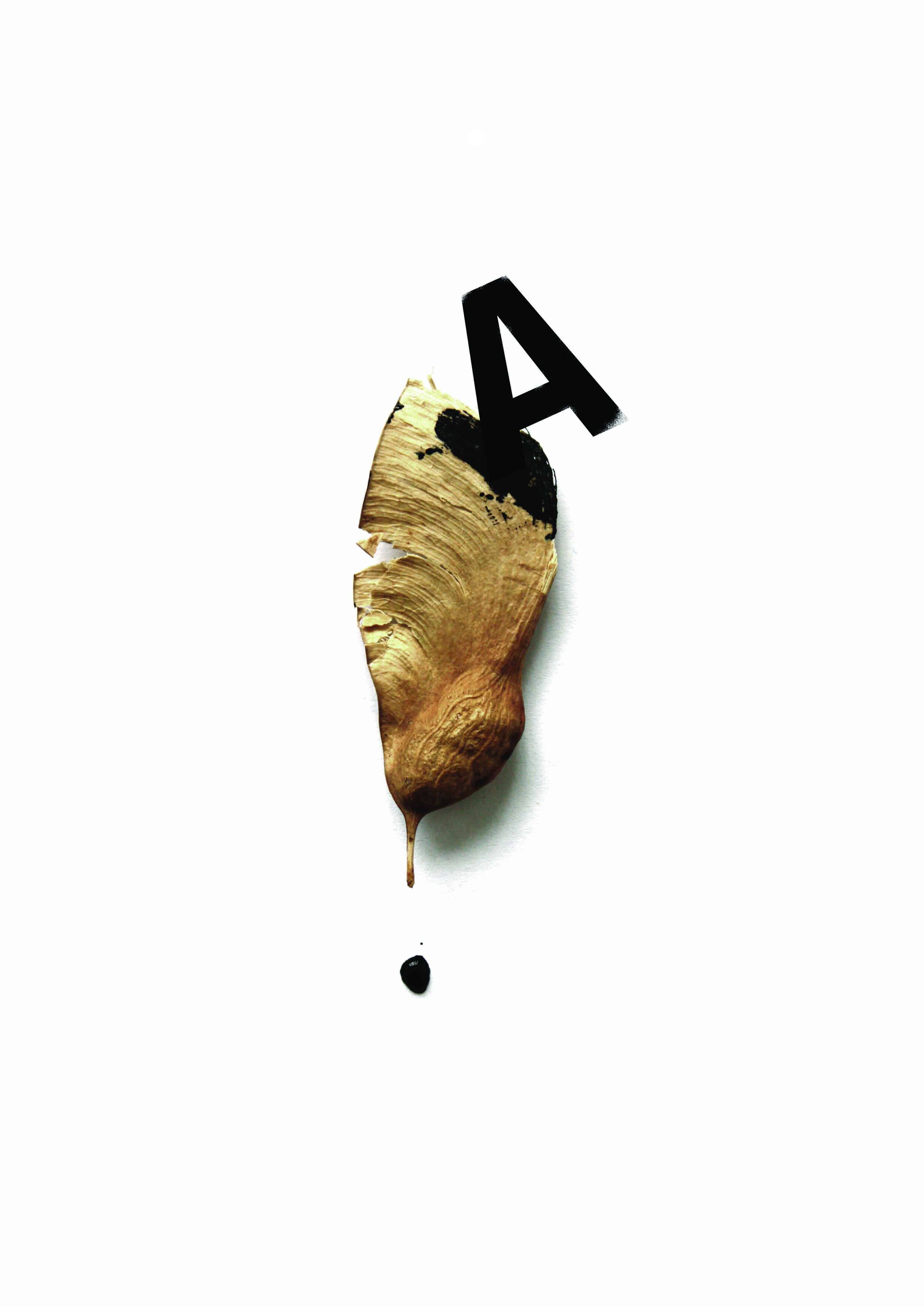
ARTICLE 28: RIGHT TO EDUCATION
Education is the basis of children’s development as individuals and citizens. It also forms the foundation for democratic societies and economic growth. All children should have access to a school environment that respects their rights and which inspires regular attendance and an interest in learning.

ARTICLE 29: AIMS OF EDUCATION
A good quality education has to be about promoting rights, not only in what is taught but also in how it is taught. This recognises that children are individuals and education should be directed towards each child’s personality, talents and abilities. In other words, education should help children to become well rounded people and develop respect for the people and world around them, as well as teaching them how to write and add up.
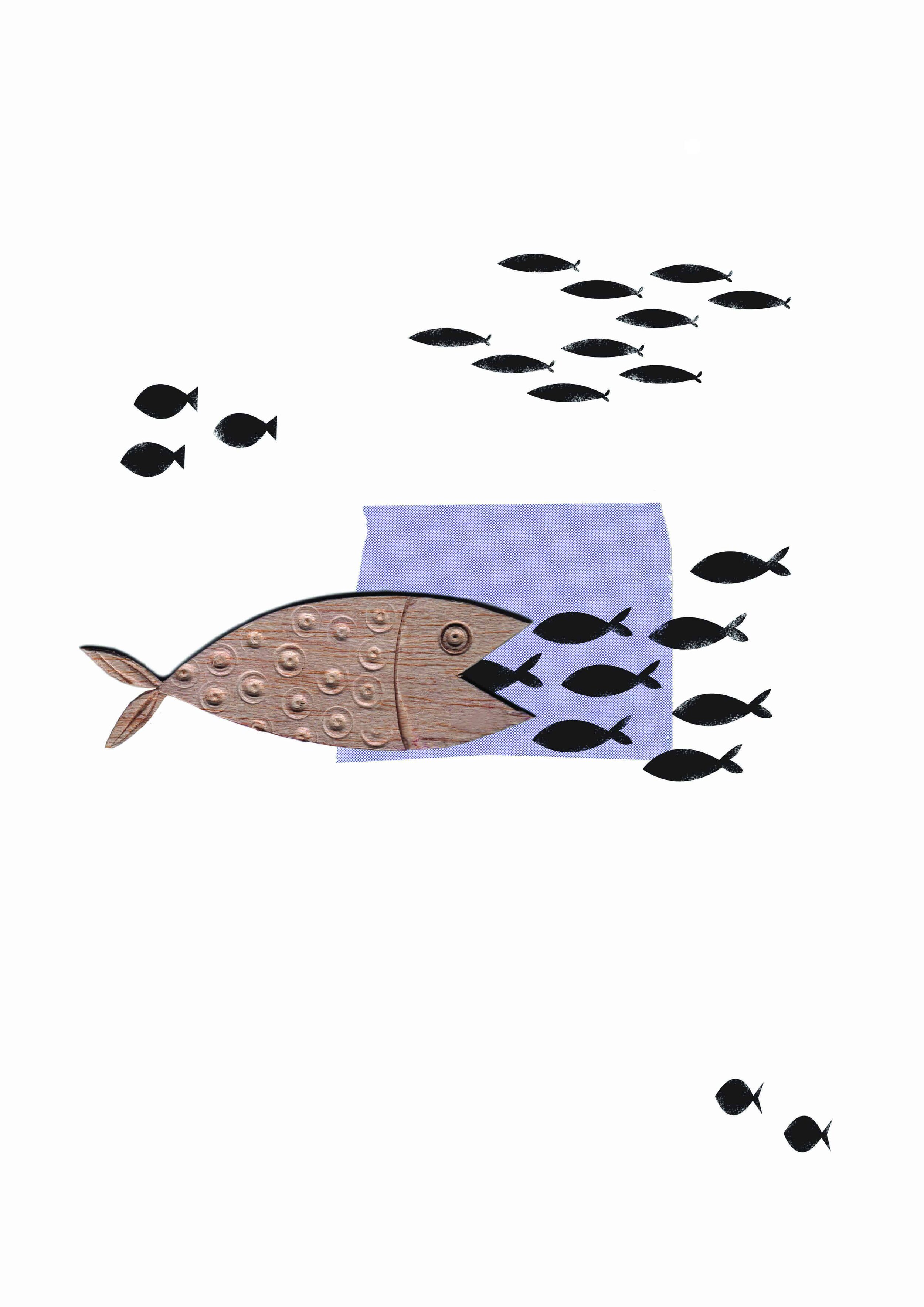
ARTICLE 30: CHILDREN OF MINORITIES OR OF INDIGENOUS PEOPLES
The rights of people belonging to minority groups are violated throughout the world because cultural, religious and linguistic practices that diverge from those of the majority remain outside the control of the State. Childhood is the time when people develop their own identity and form views about the world, so this is often the time when States seek to neutralise minority practices, for instance through school textbooks.
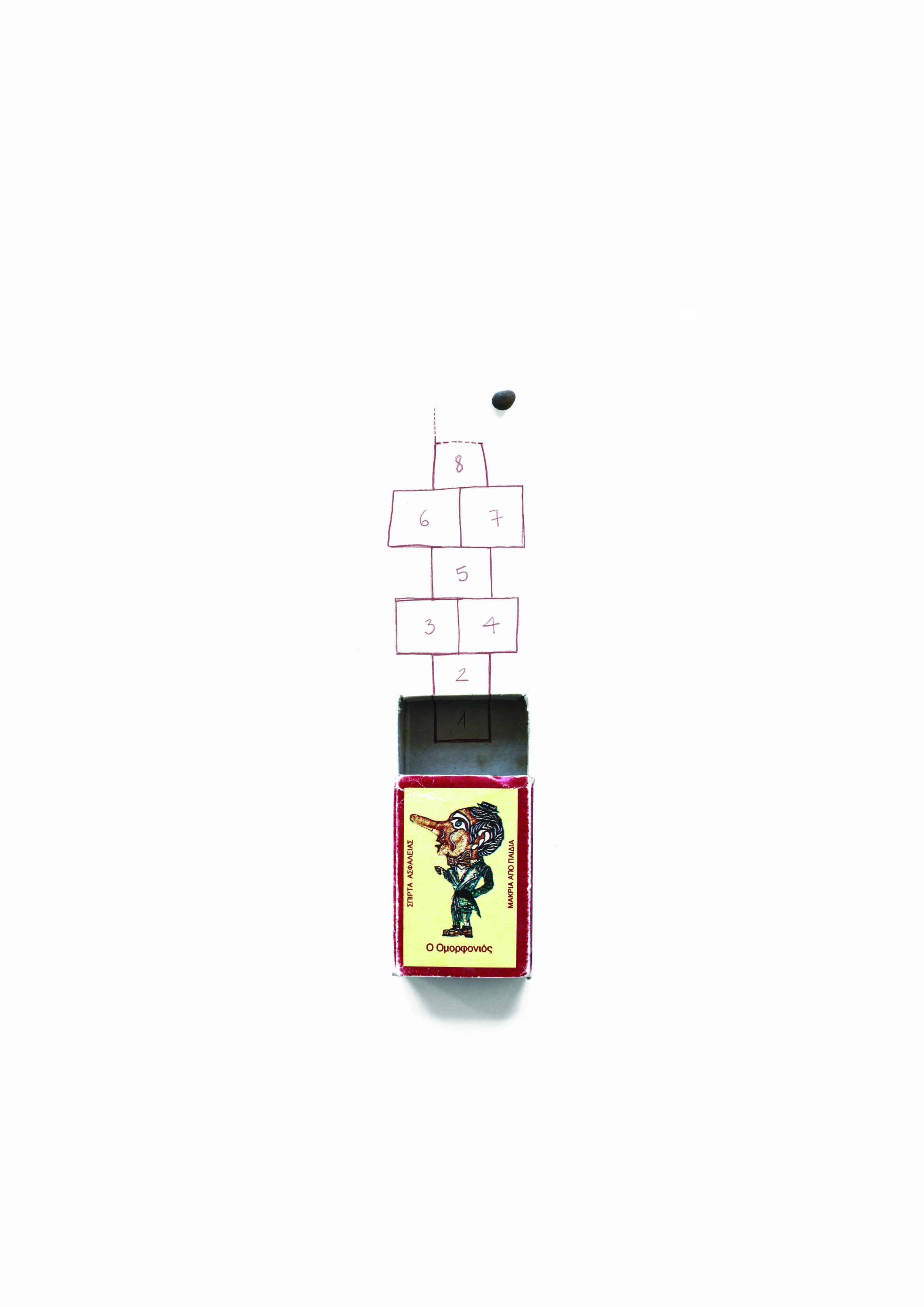
ARTICLE 31: LEISURE, RECREATION AND CULTURE
Children's right to play - often overlooked as a luxury by adults - is essential for children to advance and experiment with their capacities, develop social skills such as compromise and negotiation, and form relationships with others. But children's right to play has become sidelined because of budget cuts which impede children's access to recreational facilities; surging urban growth which swallows up green spaces; adults' fear of safety - both of predators and traffic; and the ever-increasing demands of work and study.
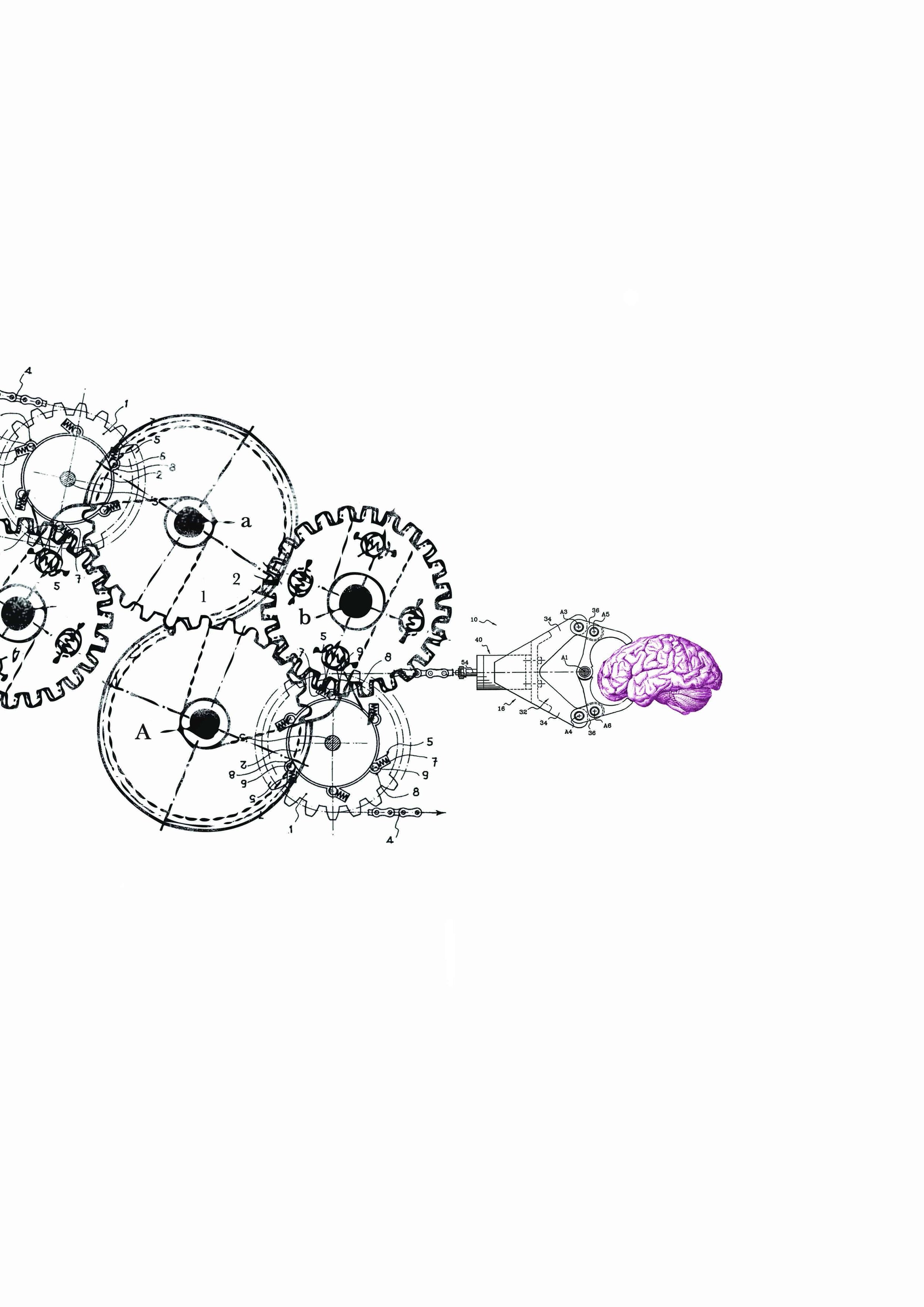
ARTICLE 32: CHILD LABOUR
Globally, some 215 million children work, not including the millions of children working off the grid. The majority of child workers are found in agriculture and domestic service, where they are exposed to harmful chemicals, long hours and abuse. In many countries, this kind of work is exempt from laws governing child labour and occupational safety. This is not to say no child should work: but if children have to - or want to - work, it should be safe, fairly paid and should not interfere with their education.

ARTICLE 33: DRUG ABUSE
Drug use among children poses a threat to their survival, development and their health. However, in many places, children who use drugs are dealt with in the criminal justice system instead of getting the help they need. What's more, a refusal to believe that children take drugs means that children are often unable to access rehabilitation and harm reduction services. People say we need to protect children, but the best protection is to give them the honest and objective information and services they need to make good choices.
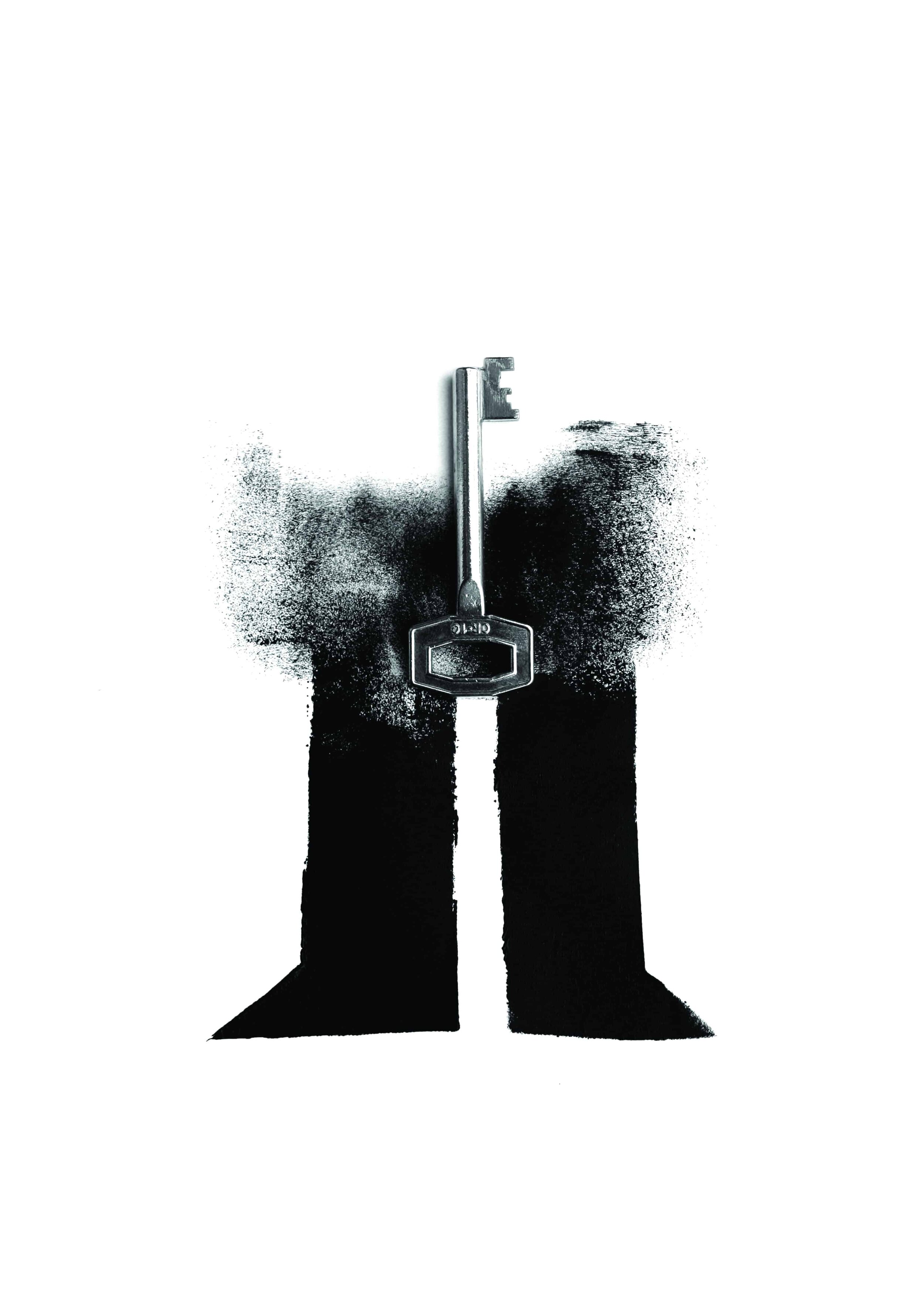
ARTICLE 34: SEXUAL EXPLOITATION
Sexual abuse and exploitation has severe and long-term repercussions for children. Not only are their bodies in physical danger, but abuse can leave permanent scars on children’s mental health. Sexual violence against children happens much more than people think. The Council of Europe says that one child in five in Europe is thought to be a victim. In 70 to 85 per cent of cases, children know their aggressors but few cases are ever reported to the authorities.
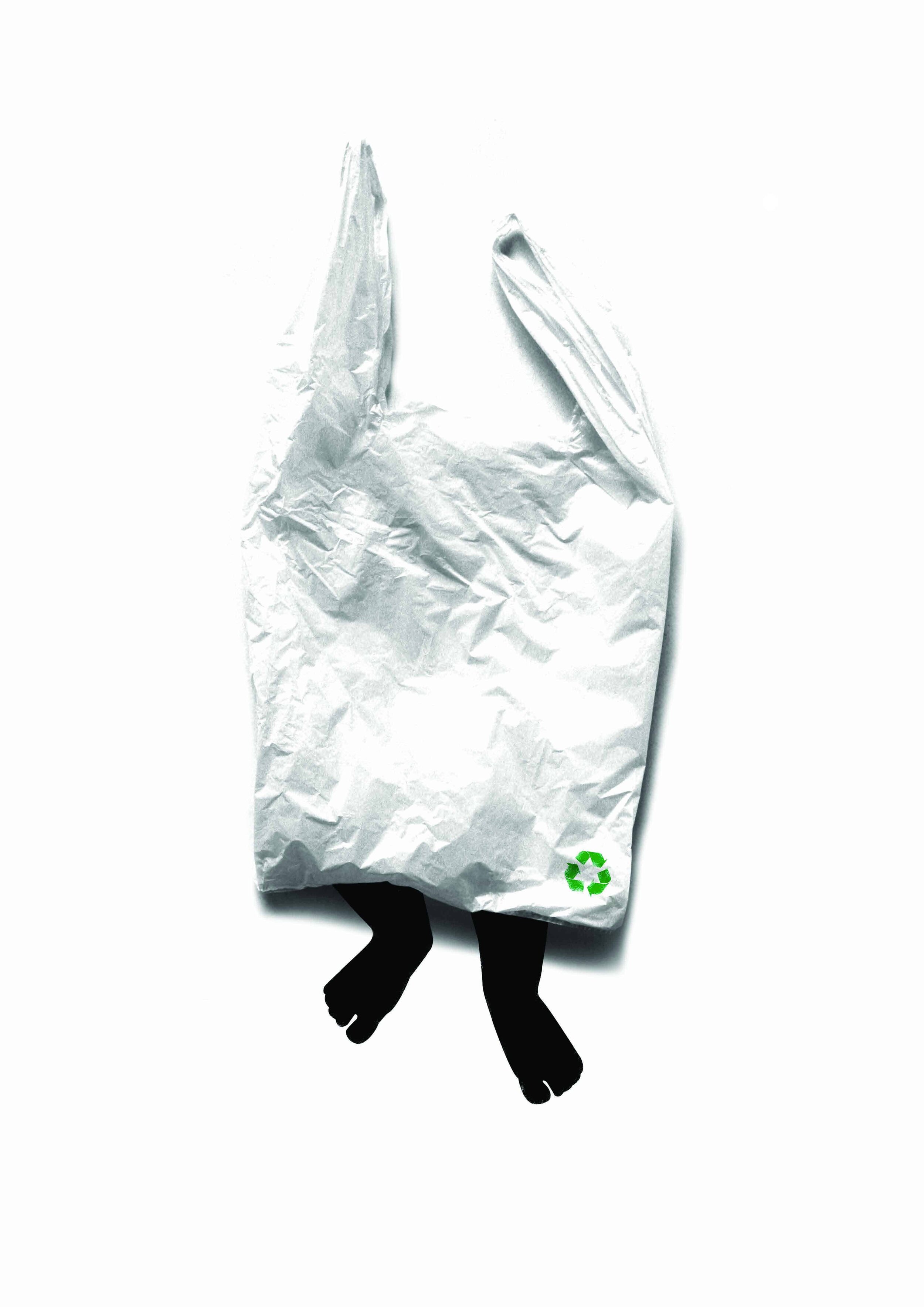
ARTICLE 35: SALE, TRAFFICKING AND ABDUCTION
Children may be trafficked for many reasons including for labour, domestic work, sexual exploitation, military conscription, marriage, illicit adoption, sport (for example, camel jockeys), begging and for their organs. Needless to say, trafficked children may experience extreme hardships, violence, exploitation and sexual abuse.
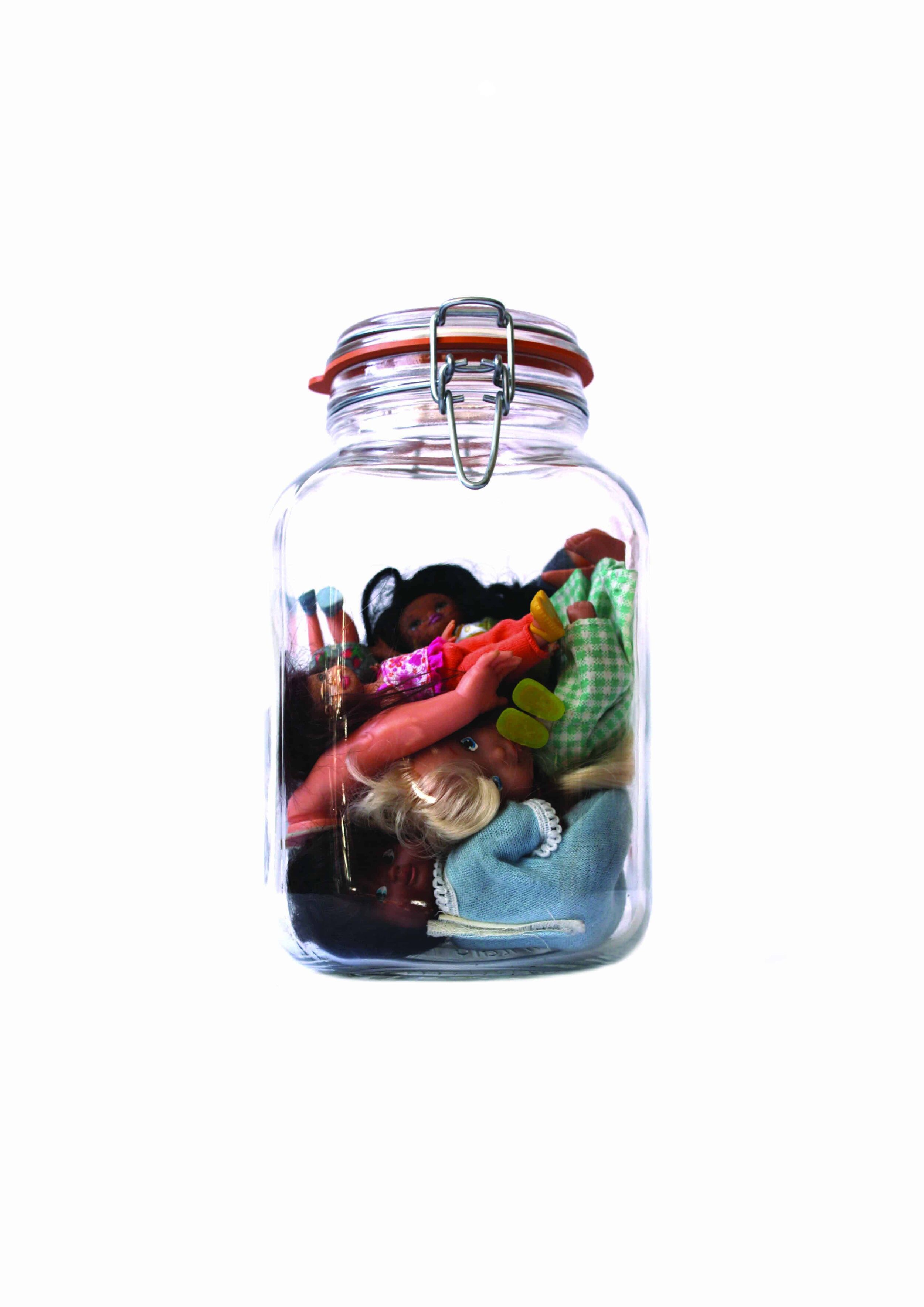
ARTICLE 36: OTHER FORMS OF EXPLOITATION
Some forms of exploitation such as sexual abuse and the use of children in armed conflict are widely recognised and condemned. But children can also be exploited in other ways: in political activities, by the media, by researchers for medical or scientific experimentation, or because they have talents, such as for sports or performance arts, which may lead to them being deprived of other aspects of their childhood.

ARTICLE 37: TORTURE AND DEPRIVATION OF LIBERTY
Children can be sentenced to death by lethal injection, hanging, shooting or stoning in 13 countries where capital punishment remains lawful for offences committed by children, or is imposed despite being prohibited. In some countries children as young as seven are sentenced to life imprisonment. And in at least 40 States, ‘justice’ systems allow for corporal punishment of children including whipping, flogging, caning or amputation.

ARTICLE 38: ARMED CONFLICTS
In times of armed conflict, the rights of children are violated in horrific ways. They are recruited and used as soldiers and in supporting roles as cooks, spies, couriers and for sex by armed groups and forces. Children are also used as instruments of war - in rhetoric and acts of violence. Armed groups, for example, routinely attack and occupy schools and hospitals, prevent girls from going to school, and use rape as a weapon of war.
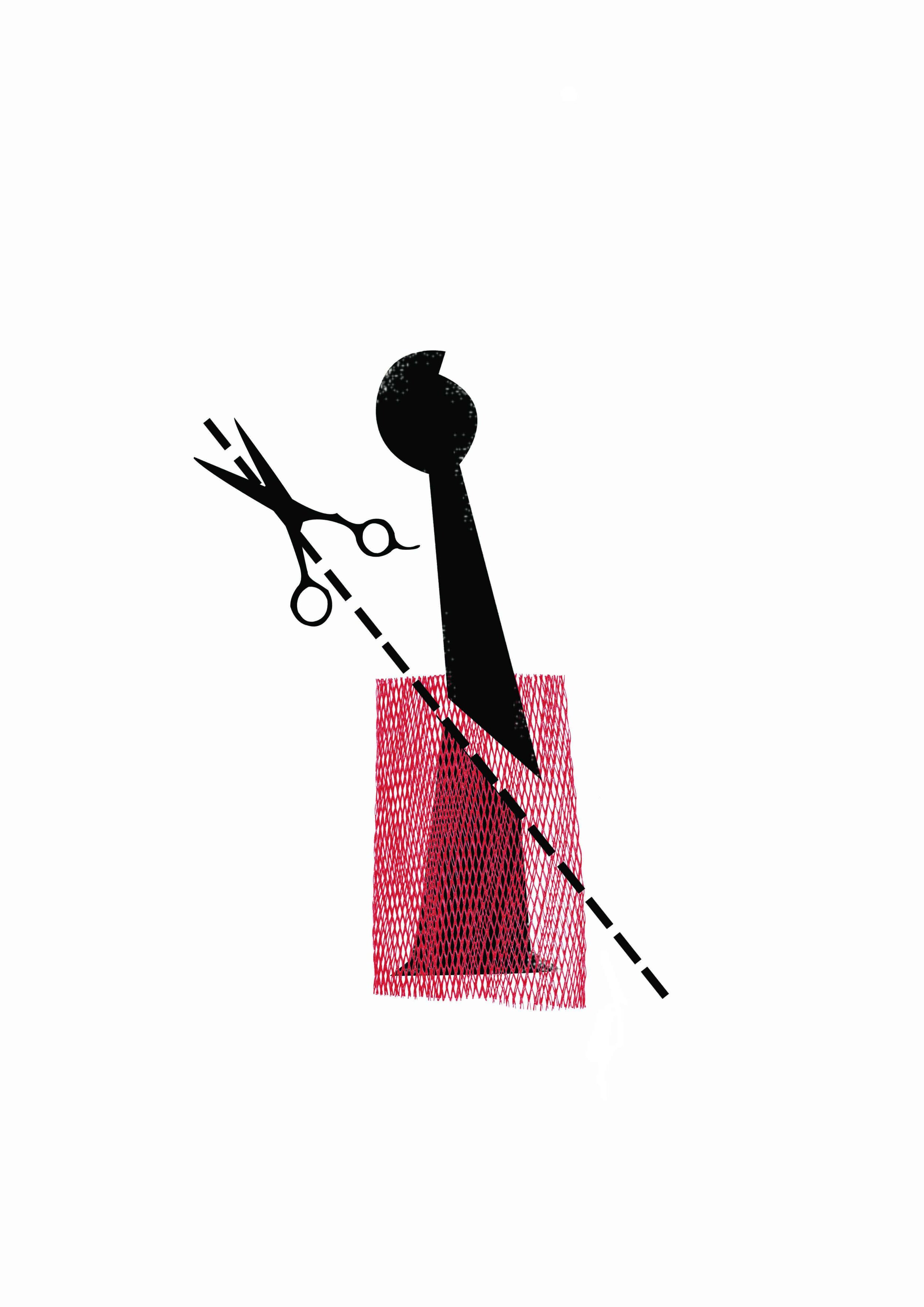
ARTICLE 39: REHABILITATIVE CARE
Governments should put in place measures to rehabilitate any child who has been a victim of any form of violence, such as neglect, abuse, torture and conflict, among others. These measures include appropriate healthcare, social services and legal assistance. These should all be adapted to children’s needs and take place in environments that promote their health, dignity and self-respect.
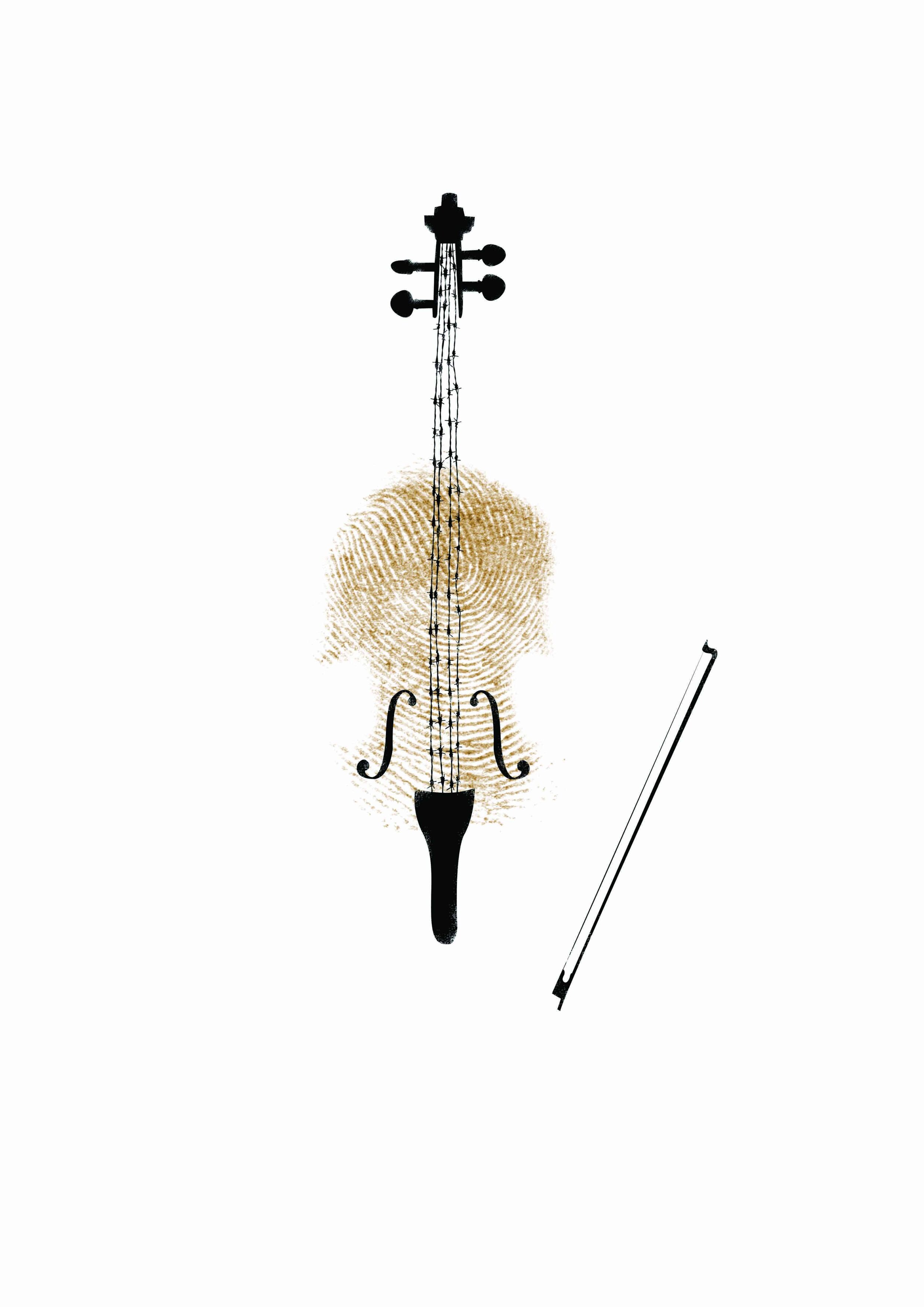
ARTICLE 40: ADMINISTRATION OF JUVENILE JUSTICE
The criminal justice systems of most countries do not work. The current method of criminalising children who break the law fails them, their families, communities and the rest of society, and does nothing to reduce crime. We need to stop making children criminals, and juvenile justice should focus on rehabilitation rather than retribution and punishment.

ARTICLE 41: RESPECT FOR EXISTING STANDARDS
The Convention sets out the bare minimum that children should expect from their government. But if a country has standards that are more advanced than the Convention, it should stick to them, and always strive for higher standards for its children.









































